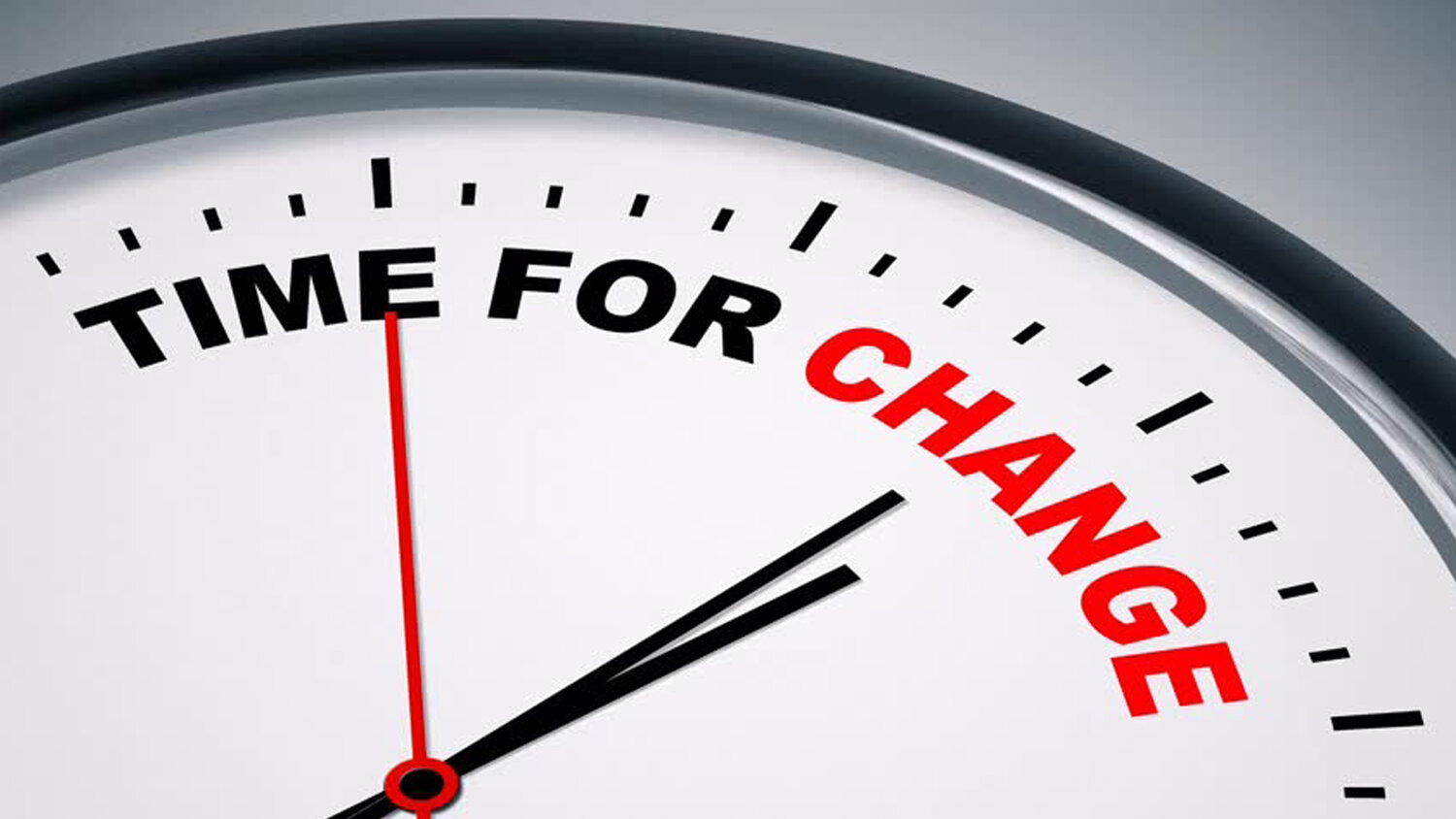D.I.Y. – A Plan for Culture Change
What is your company’s culture? I’m not asking what you want it to be, or what you tell your customers or clients. I mean what are the day-to-day behaviors that are encouraged, rewarded, and repeated by members of your team? Some thoughts to consider:
Is success celebrated for those showing camaraderie or cut-throat attitudes? Do your foster teamwork or territorial behaviors? Are leaders engaged with their teams sufficiently to know what is happening among the group and how it’s affecting the team’s spirit or ethos? An organization’s culture is not about what you say, but what you do.
Attitudinal behaviors are only part of the focus. Organizational actions speak volumes as well. Consider some hot-button issues of the past two years:
Reactive measures of remote work made sense during the crisis of COVID. But do those reasons still hold true today? Are teams better or worse off? Is performance higher or lower? Has the change truly enhanced retention or has it merely made it harder to create collaboration and instill loyalty?
Attending to issues like DEI+B and racial and gender disparity concerns are often vitally important to members of your employee base, but are you embracing an effort toward change, getting educated, and building a structure that supports lasting change, or are your efforts more symbolic and offering nothing beyond lip-service to these concerns?
As we start the New Year, this may be the perfect time to begin looking at making change, building upon what works, eliminating what doesn’t, and creating the culture your organization needs to succeed. This isn’t about making a statement or creating a Phantom Culture. This is about making deep, meaningful change. Identifying and developing the culture that you want requires vision, planning, and commitment.
Vision – Identify what you want the culture to be. You may not be able to define every specific change, but you know that behaviors, attitudes, or teamwork will be different. Have a vision, for how work will flow, people will function, and how business will be conducted. As you determine your ideal, you can begin identifying what does, and does not, currently support that ideal. As you solidify your vision, recognize who makes up your dream team – those who share your dedication to creating that ideal. These people are needed to move any vision forward.
Planning – The vision is your end-game. Planning is where you begin the work to get there. Assemble your dream team and support them with time, space, and any other necessary tools to begin working toward that goal. This team will need to work collaboratively to identify the specific qualities, in terms of behavior and performance, which will support the vision. They will need the freedom to explore and challenge current and planned organizational initiatives. Their role will be to more fully imagine the vision and to refine the needs that the vision identified. This is where the vision is clarified and broken down into actionable steps and time frames.
Commitment – Creating the vision and developing a plan will not change your culture unless you are committed to implementing it in every way possible. Creating a culture and standing behind it means addressing those behavioral and performance standards during routine feedback, annual performance reviews, and everything in between. It means holding every employee, at every level of the organization, accountable to that same standard, and it means making hard decisions when someone doesn’t “fit” your culture.
Creating a new company culture is not simple or easy, but it yields impressive results. When you identify and support your top performers, loyalty and productivity rise. When you eliminate those on your staff who don’t demonstrate competency, teamwork, or accountability, you remove errors and stagnation. A new culture allows you to promote the skills your organization needs to be its best while removing the human hurdles that limit success. The result – You create a dynamic team that can accomplish great things. And who doesn’t want, and need, that?





